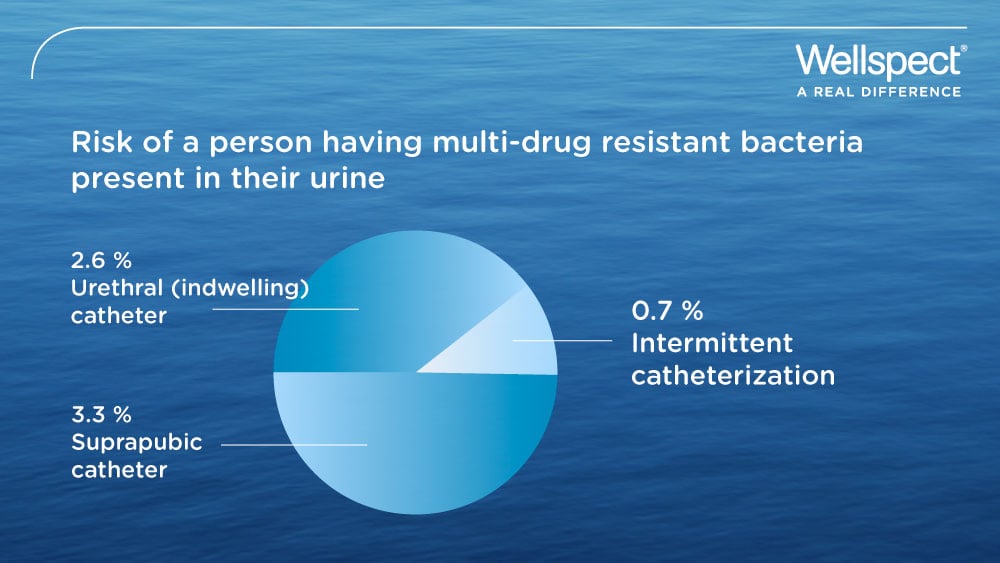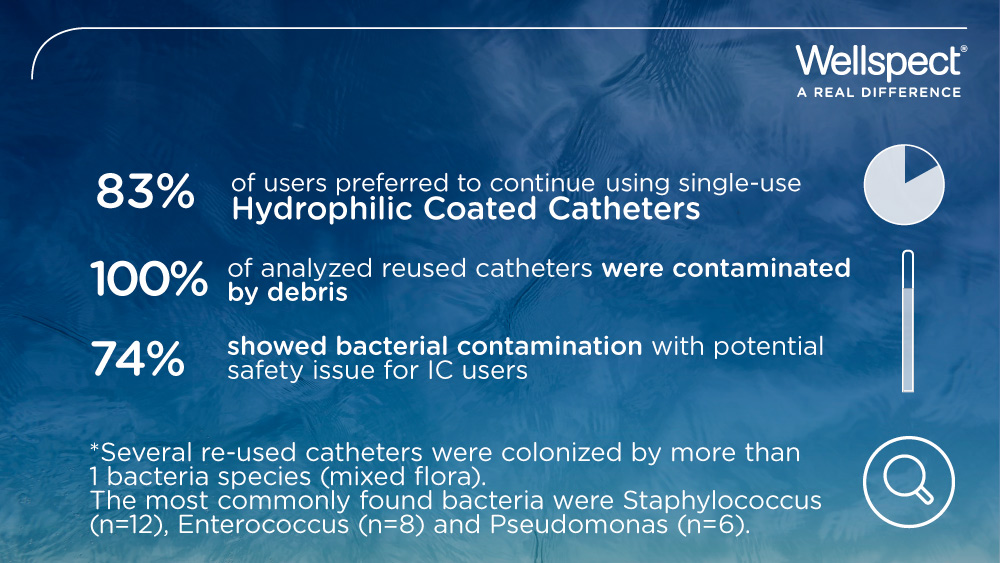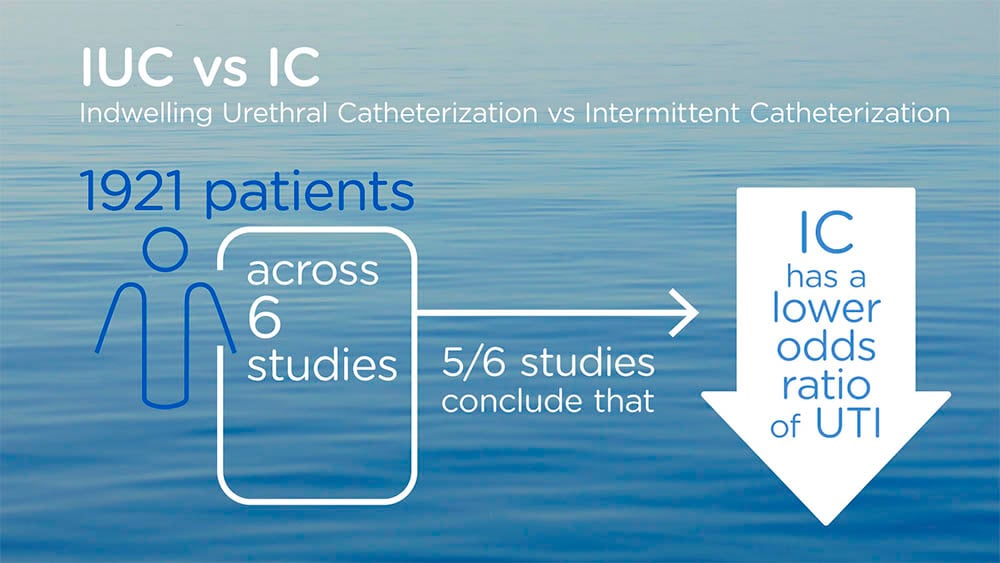Patients with acute urinary retention are commonly given an indwelling catheter, thereby increasing risk of infection when compared to intermittent catheterization. A hospital in UK changed its practice and now uses self-catheterization as first-line management for patients presenting with acute urinary retention at the emergency department.
Read MoreTopics: Urinary Tract Infection (UTI), Catheter-associated UTI (CAUTI), Bladder dysfunction, Intermittent Catheterization
Newly published data shows that multiple-reuse catheters pose a potential safety concern for people practicing intermittent catheterization
Topics: Catheter-associated UTI (CAUTI), Intermittent Catheterization
In the current article the risk profiles are defined for frequent and/or severe febrile UTIs requiring hospital treatment. From the results obtained in this study a basic strategy for treatment of symptomatic infections is formulated.
Topics: Urinary Tract Infection (UTI), Catheter-associated UTI (CAUTI)
Given the great variability in the definitions used to diagnose Urinary Tract Infection (UTI), this review will aid in providing an overview of the joint clinical evidence between the different bladder management methods with regard to UTI risk.
Read MoreTopics: Urinary Tract Infection (UTI), Catheter-associated UTI (CAUTI), Bladder management, Intermittent Catheterization
Urinary tract anomalies are sometimes seen in children, and many of them require active treatment to achieve continence. Vesicoureteral reflux and/or a neurogenic bladder secondary to meningomyelocele (e.g. spina bifida) are two examples that require swift action.
Catheterization is sometimes a suitable solution and new research has studied the need for local anesthetic associated with catheterization. A meta-analysis combined many study results and concluded that the effect of local anesthetic was limited.
Sometimes, catheterization is not possible through the urethra and a continent catheterizable channel is surgically created. Different procedures (e.g. Mitrofanoff) can be used and two new studies look into the complications associated with this kind of surgery. Both studies conclude that surgical procedures should only be used in children who cannot perform urethral catheterization, because surgical revisions and long-term complications are common.
Another, maybe more far-fetched, solution to these children's problems is the use of stem cell therapy. A new review summarizes the available evidence for stem cell therapy and show that the use of bone marrow stem cells has potential in bladder tissue regeneration.
Read MoreTopics: Science Alert, Urinary Tract Infection (UTI), Neurogenic bladder, Catheter-associated UTI (CAUTI)








